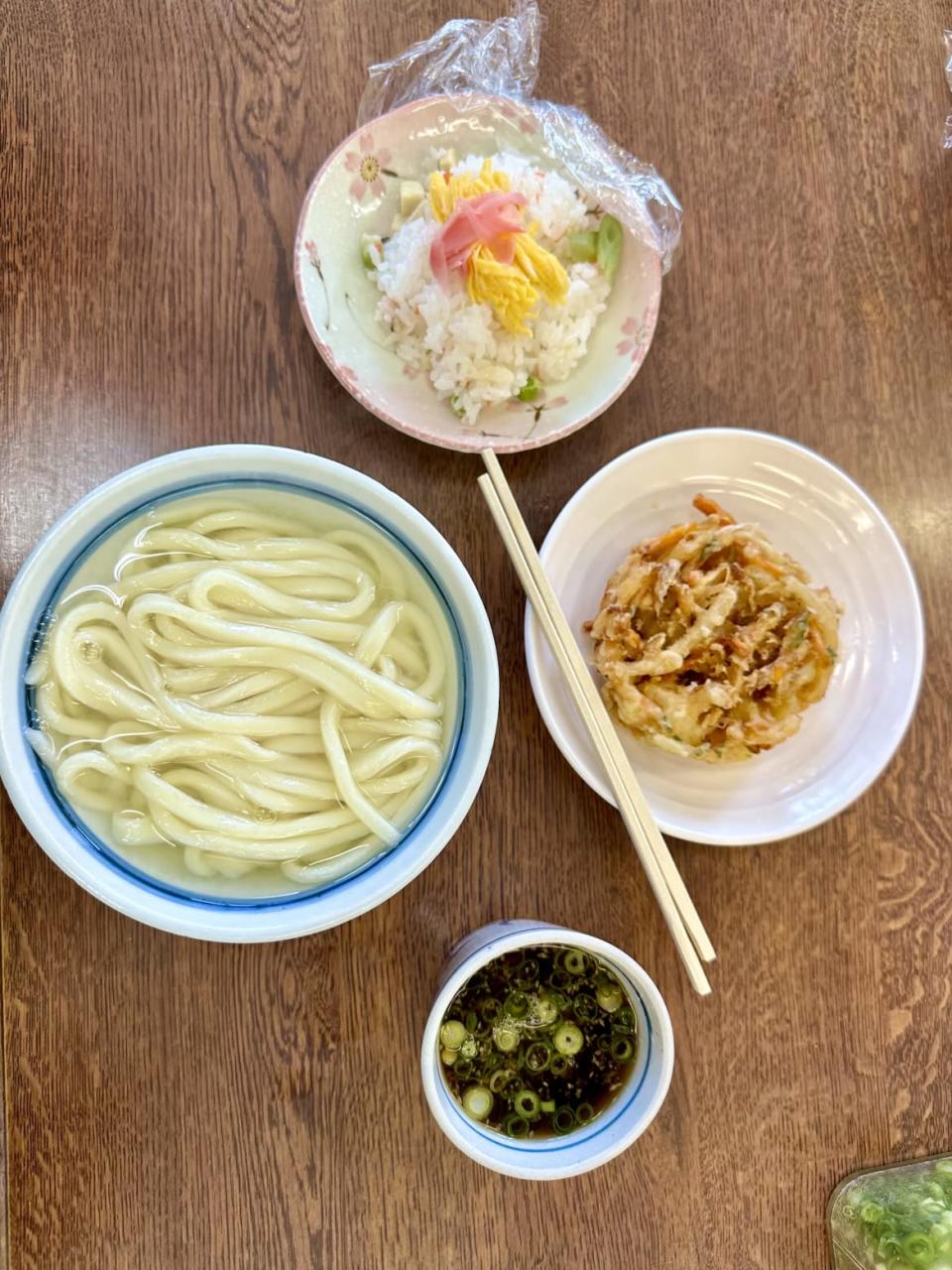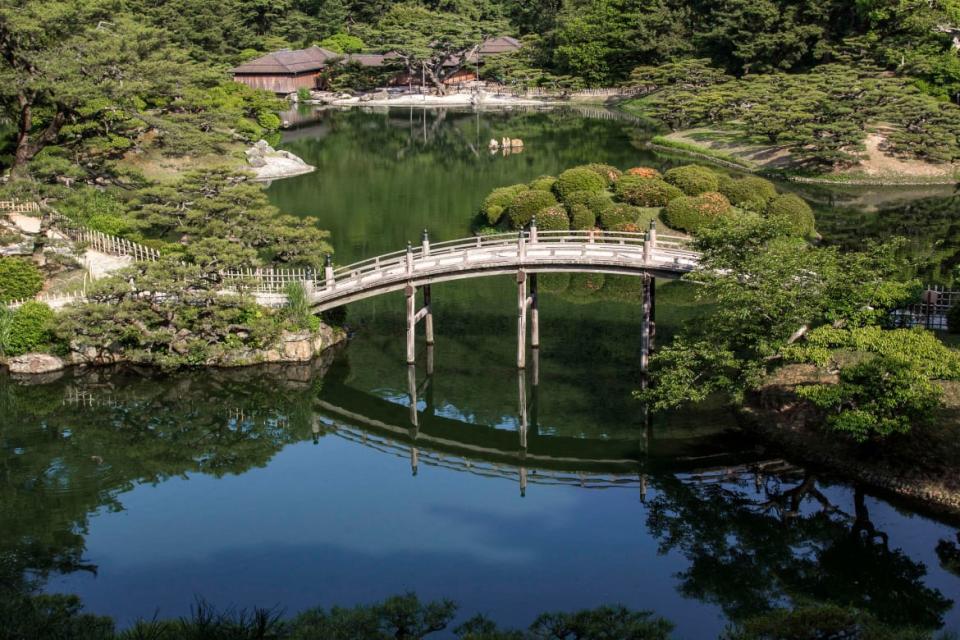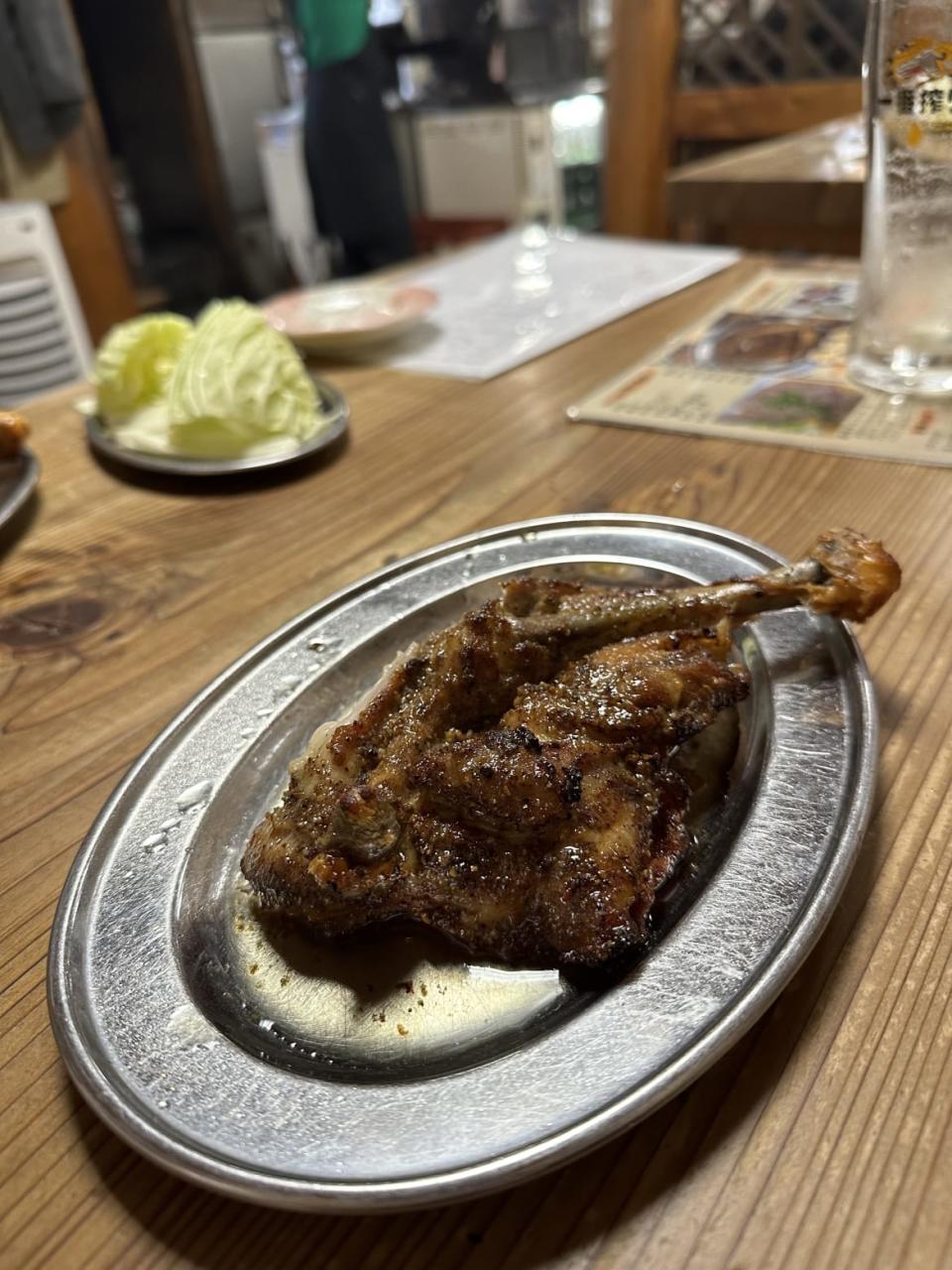Shikoku Is Japan’s Overlooked Food and Adventure Paradise

This is the latest in The Daily Beast’s series on underrated destinations, It’s Still a Big World.
Spend enough time on social media, accruing an algorithmic scroll of myriad travel influencers, and you’ll get the sense that Japan is an all-out cacophony of vibey neon lights, ramen, anime fandom, cherry blossoms, Instagrammable street foods, and temples and shrines colliding with skyscrapers.
Indeed, most first-time travelers to Japan find themselves on the so-called “Golden Route”—usually some combination of Tokyo, Kyoto, Osaka, Hakone, and Hiroshima—which showcases the fast, the buzzy, the highly modern, and the well-preserved ancient.
The amount of time it takes to travel to Japan, and the overwhelming vastness of a city like Tokyo often makes any other itinerary seem second-tier, something to save for another time when you’re more seasoned and ready to dig into the deep cuts of the Land of the Rising Sun.
In my travels, I’m always searching for overlooked destinations, where the cuisine and cultural offerings are on par with far more popular locations nearby, but language barriers or a lack of foreign awareness and direct access, or even just limited marketing budgets, make them so-called “hidden gems.”
Shikoku, the smallest of Japan’s four main islands and home to some of the smallest prefectures in both population and geography, is one such place that has piqued my interest. It’s a mostly agricultural and mountainous island, a little larger than Connecticut and located towards the bottom of mainland Japan, just off the cities of Kobe and Hiroshima.
I had the opportunity to visit earlier this month, thanks to a press trip arranged by the Japan National Tourism Organization (JNTO), and I came away convinced that more travelers—first-timers or otherwise—should consider making it part of their itinerary.
The island of Shikoku consists of four small prefectures, and I visited the easternmost pair, Kagawa and Tokushima, the former of which is the only quick rail connection to mainland Japan.
Full disclosure, I speak a fair amount of Japanese, the product of an obsession with 1970s J-rock and six semesters of pandemic-era Zoom classes. And so I admit that engaging with this less-traveled region may have been easier for me than the majority of potential travelers seeking guidance here. I don’t take that for granted.
But there is no shortage of English-language guided tours should you want to go that route. The JNTO also has the resources for finding volunteer guides. And Japanese culture famously values hospitality, so if you go without a tour you will find that—language barrier be damned—everyone will do their best to make your visit a fulfilling one. You can absolutely do it; and it will be worth it.
Here’s what I experienced in Shikoku.
Kagawa, the “Udon Prefecture”
Perhaps the most famous of Shikoku’s four prefectures is Kagawa, which sits in the northeast corner of the island and is the smallest by size in all of Japan.
During my other trips to mainland Japan, almost everyone I spoke with seemed to have ties to Kagawa, and they beam with pride when the name comes up. A steakhouse chef in Kobe told me how his nonagenarian mother started their restaurant in Kagawa before coming over to the city now synonymous with beef; a local I met in an Osaka standing bar waxed nostalgic about shoyumame, a Kagawa comfort dish of broad beans simmered in soy that’s supposed to be, well, comforting (can confirm); an elderly road-tripper excitedly laid out his following week’s plans to finally visit Shikoku, circling the island starting in Kagawa.
Specific connections to the prefecture vary person to person, of course, but everyone I met always brought up one thing, often with an exclamation point: sanuki udon.
Named for Kagawa prefecture’s former provincial name, sanuki is uniquely chewy among udon varieties and features flat edges. The noodles are traditionally served in a bowl of their own starchy hot water, with a deeply umami dipping broth and toppings (often tempura) on the side.
Sanuki udon became the staple of Kagawa cuisine thanks to a climate and terrain more conducive to growing wheat than rice. It’s also the stuff of local legend: Ninth-century Buddhist monk Kūkai—whose 88 associated temples circle Shikoku island and are a major draw for tourist pilgrimages—is believed to have brought udon noodles back from his studies in China.
Kagawa is often referred to as the “Udon Prefecture,” and so I’m not exaggerating when I say udon is everywhere. Drive between towns—from Takamatsu to Marugame to Zentsuji, in my case—and it’s often just miles and miles of “うどん” signs poking out from single-story structures along the road.

Sanuki udon at Nagata Udon near Kotohira, Japan.
With so many udon joints, how could anyone possibly know where to go? As with most food-related questions in Japan, follow the lines.
Spend time in Tokyo or Osaka and you quickly learn that queuing for a meal in Japan is an artform. In the big cities, it’s not unusual to see hour-long lines for anything from onigiri to ramen to viral cheese-stuffed pancakes. And yet it still came as a slight shock to see lines out the door at unassuming udon-ya in the outskirts of Kotohira, a small town of 8,000 and home to Shikoku’s largest Shinto shrine (at the end of a hike) as well as Japan’s oldest surviving kabuki playhouse.
We opted for an early lunch that day at Nagata Udon, a beloved cafeteria-style shop—its bustling parking lot in an otherwise sleepy part of town a dead giveaway of its merits. Inside, a no-frills wood-lined single room houses patrons seated arm-to-arm at communal tables, an orchestra of families, workers on lunch break, and elderly couples ordering, munching, and slurping in unison. It’s perfect.
Ordering is simple: Choose a noodle portion size, your hot or cold preference, and whatever sides are on offer. For me, that was a dippable nest of tempura veggies alongside a helping of seasoned rice topped with delicate slices of egg, tofu, and pickled ginger. Sure, I was ravenous from having just rode past a gazillion udon signs, but let’s just say I blackout ate. A second helping—okawari—would’ve gone down just as joyfully and just as quickly.
There is no shortage of ways to experience udon culture in Kagawa. Visitors can make the noodles themselves at the Nakano Udon School in Kotohira, where an exuberant sensei walks you through each step, including the traditional kneading by foot (marching to the tune of “Y.M.C.A.” no less). At Udon House, a B&B of sorts, visitors stay overnight after a full-day deep dive into udon culture, including hand-harvesting veggies and making the noodles and broth from scratch. There’s even an Udon Taxi service to drive you around the region to taste and compare multiple shops.
Takamatsu and the best chicken ever
If you ever make your way to Kagawa, whether via a one-night stopover or something larger like my trip, you will almost certainly find yourself in Takamatsu, the prefecture’s capital, largest city, and seaside hub.
Takamatsu is definitely not a city that most westerners would recognize—though bookworms may recall it as the main setting in Haruki Marukami’s Kafka on the Shore—and it isn’t typically heralded as an essential stop for first- or second-time travelers. But it’s got a fair amount worth the draw: The historic Ritsurin Garden, one of the largest strolling parks in all of Japan; gorgeous hills overlooking the Seto Inland Sea; a buzzing but not-so-overcrowded downtown with long arcades full of shops and nightlife; easy access to the mainland via a rare Shikoku-to-Honshu train line; and some of the best local bites I’ve come across in Japan.

Ritsurin Garden in Takamatsu, Japan.
Yes, there’s sanuki udon—plenty of it. But udon isn’t the only local specialty of Kagawa. The prefecture’s Mediterranean climate means an abundance of citrus, leafy greens, and olives. The latter is found in countless regional products—olive chocolates, olive cider, and olive tempura—and as the feed for the region’s meat products: wagyu beef, pork, and chicken raised on the upcycled pulp of pressed olives; farmed yellowtail fed local olive powder.
The oleic acid from an olive-based diet is supposed to impart extra tenderness and umami to meat. The A4 beef I sampled in a Takamatsu izakaya did have an especially delicate flavor to it, though I didn’t notice much of a difference in the yellowtail sashimi I tasted in a kaiseki meal elsewhere in town.
But there’s one Kagawa dish that, to me, stood out above all the rest—even, wow, yes, sanuki udon. Allow me to briefly evangelize on the wonder that is honetsukidori, or, literally “bone-in chicken.”
Upon landing in Takamatsu on my first night of the trip, absolutely exhausted and disoriented after an 18-hour journey from New York, we wandered one of the city’s key shopping arcades (Lion Dori) in search of a quick bite before bed. Enter Ranmaru, a tiny izakaya whose door curtains appeared browned and dirtied at the edges—not a gross thing, but a heartening sign of its high customer foot traffic.
The pub, named for a pre-Edo hero remembered for his fierce loyalty, serves up local fare like the olive-fed beef and fish, but it’s the intoxicating smell of rendered chicken fat in the room that practically commands you to order the house dish.

Honetsukidori, or bone-in chicken, at Ranmaru in Takamatsu, Japan.
A bone-in young chicken thigh is smothered in a heavy dose of coarse ground pepper and then roasted in chicken fat flavored with smashed garlic and ginger. The skin comes out perfectly crisped, the meat spicy and unbelievably juicy. Roughly chopped slices of raw cabbage are served on the side to sop up the drippings.
It sounds rather simple—and, sure, it is—but it’s one of the most memorable dishes I’ve ever had, Japan or otherwise. I ate two full orders, bought a fistful of seasoning packets at a gift shop in town, and now plan to talk about the dish for approximately forever.
Naoshima, the art island
For my first full day on Shikoku, I actually left for a different island—a much more popular one.
Most tourists who’ve ever set foot in Kagawa Prefecture likely did so via Naoshima, famous around the world as Japan’s “art island.” The tiny land mass nearly half the size of Manhattan features a dizzying array of contemporary art museums and installations set among hills overlooking the Seto Inland Sea or among traditional Japanese homes and temples. Visitors often rent bikes to navigate the short winding roads and take in the island’s fresh sea breeze.

 Yahoo Autos
Yahoo Autos 